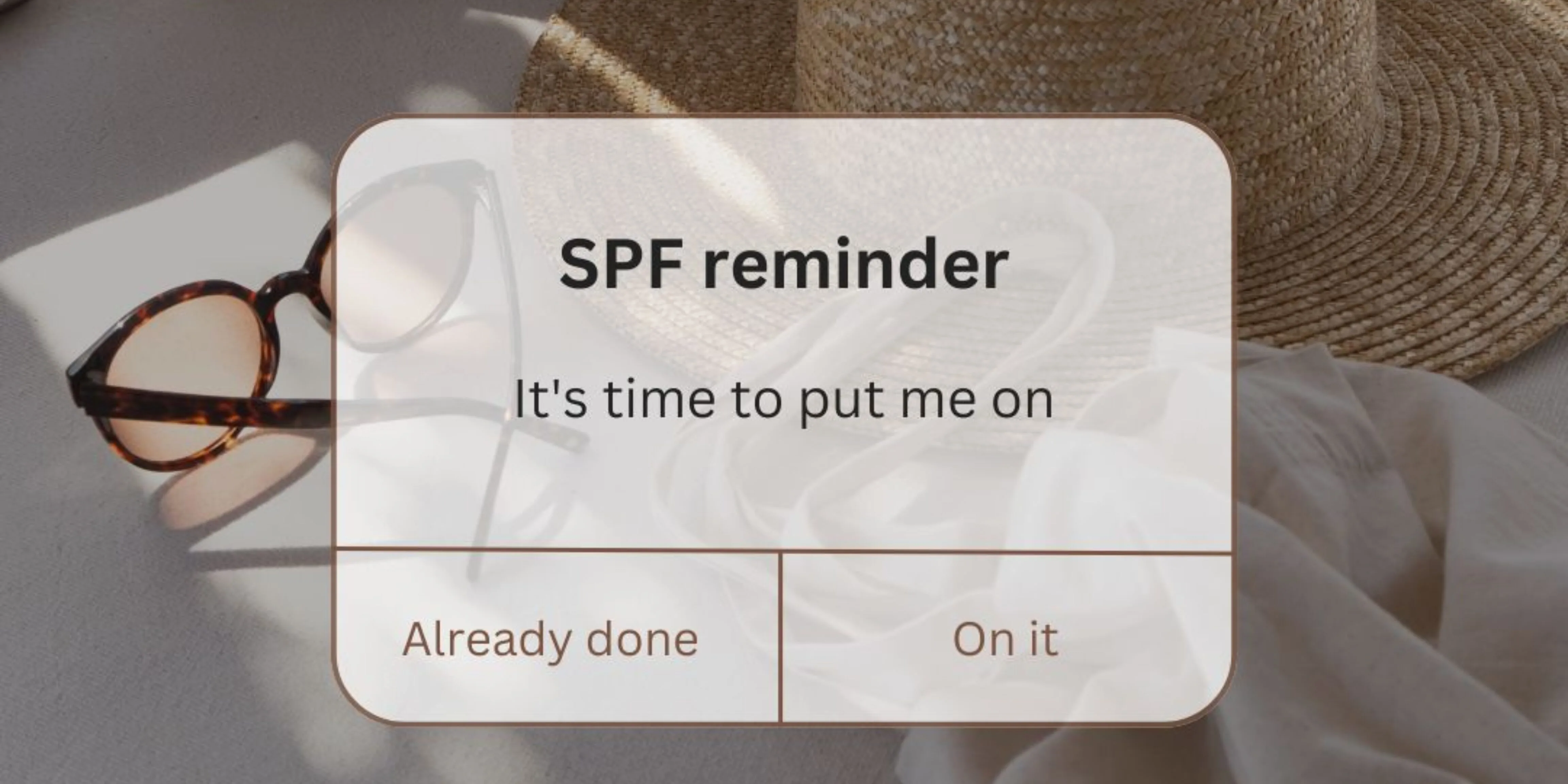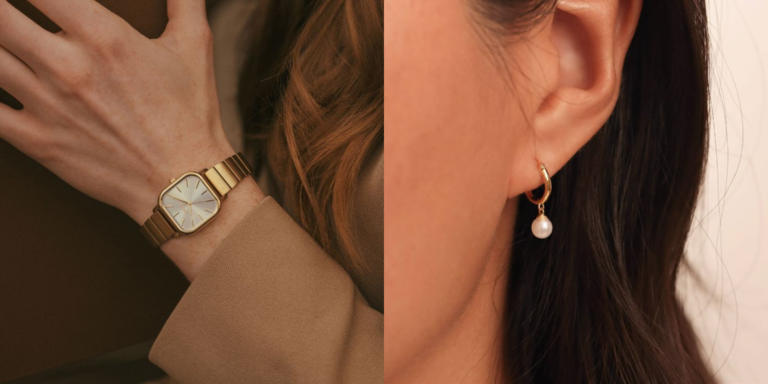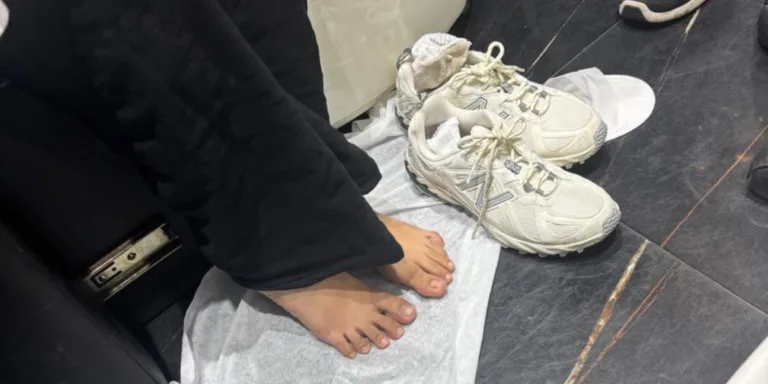Do We Still Need Sunscreen in Winter?
⏱ 9 min read

Let’s talk about sunscreen in winter. Be honest, when was the last time you actually used it once the weather turned cool?
Do you also pack it away the moment monsoon ends? Or assume sunscreen is only meant for summer holidays and sunny beach days?
Because same. While growing up, I always thought sunscreen should only be used in summer when the sun feels harsh and tan lines start to appear. I never imagined needing sunscreen in winter, when mornings are foggy, skies look dull, and the air feels so calm.
But here’s what I’ve realized the sun doesn’t take a break just because the temperature drops. Even in winter, those invisible UV rays silently affect your skin, leading to pigmentation, premature aging, and dryness.
So today, let’s talk about why you still need sunscreen in winter, how to choose the right one for your skin, and why it’s equally important in Mumbai’s mild winter or Delhi’s chilly mornings.
Why Sunscreen in Winter Is Essential
Even on cloudy or foggy days, up to 80% of UV rays penetrate the clouds and reach your skin. These rays can cause premature aging, pigmentation, and even skin cancer. In fact, if you live in snowy areas, the snow reflects up to 80% of UV radiation, doubling your exposure.
So yes, you should use sunscreen in winter whether you’re stepping out for a short walk, driving, or just sitting by a sunny window.
Can We Use Sunscreen in Winter?
Absolutely! In fact, you should apply sunscreen in winter just like you do in summer. The formula might differ opt for a hydrating sunscreen that also protects against dryness and flaking. Many winter sunscreens are infused with ceramides, hyaluronic acid, or vitamin E to nourish your skin while protecting it from UV damage.
If you’re wondering, “can I use sunscreen in winter?” or “can I apply sunscreen in winter?” the answer is always yes.
Interesting Read: Best Skincare Ingredients for Indian Skin
Is It Necessary to Use Sunscreen in Winter Indoors?
Yes, even indoors. Glass windows block UVB rays but allow UVA rays to pass through. These UVA rays are responsible for collagen breakdown, leading to wrinkles and dull skin. So whether you’re working from home or driving, you need sunscreen in winter indoors as well.
Sunscreen in Winter for Mumbai Weather
Now, let’s talk about sunscreen in winter for Mumbai. If you live in Mumbai, you already know winters here are mild and sunny rather than cold and cloudy. The humidity drops slightly, but the sun remains strong.
That means you still need sunscreen in Mumbai winters every single day.
- Go for lightweight, non-greasy formulas since the air isn’t too dry.
- Gel or water-based sunscreens work best for humid regions.
- Don’t skip reapplication, especially if you’re commuting or spending time outdoors.
So if you’ve ever wondered, “should we apply sunscreen in winter in Mumbai?” absolutely yes. Mumbai sun doesn’t take a break, even in December.
Fashion Enthusiast: Winter Wardrobe Ideas 2025
Sunscreen in Winter for Indian Skin and Regional Climates
Here’s a quick guide:
1. Northern India (Delhi, Shimla, Manali)
India has diverse weather from Delhi’s chilly fog to Goa’s sunny beaches and Shimla’s snowy peaks and each region needs a slightly different sunscreen approach.
The sun’s rays reflect off fog and snow, increasing exposure. Choose moisturizing cream-based sunscreens with SPF 50 or more to combat dryness and UV damage.
2. Western India (Mumbai, Pune, Gujarat)
Winters are milder but still sunny. Use light SPF 30–50 sunscreens with oil-control or matte finishes for everyday wear.
3. Southern India (Chennai, Bangalore, Kerala)
Humidity remains high even in winter. Opt for gel or hybrid sunscreens that won’t clog pores.
4. Eastern India (Kolkata, Assam, Meghalaya)
Foggy mornings don’t mean UV-free skies. Use a hydrating sunscreen with broad-spectrum protection and apply it generously on exposed areas.
Wherever you are in India you should use sunscreen in winter because UV exposure doesn’t depend on temperature.
Makeup World News: H&M Beauty India Launch
How to Choose the Best Sunscreen in Winter
When looking for the best sunscreen in winter, consider these key factors:
- Hydration: Winter air is dry, so pick sunscreens with moisturizing ingredients.
- Broad-Spectrum Protection: Choose SPF 30 or higher with UVA and UVB protection.
- Texture: Cream-based sunscreens are ideal for winter since they lock in moisture better than gels.
- Reef-Safe & Non-Comedogenic: If you have sensitive or acne-prone skin, look for gentle formulations.
Pro Tip: If you’re someone who hates sticky sunscreen, try gel or hybrid formulas they offer lightweight protection without the greasy feel.
Bonus: 10+ Healthy Habits to Follow Every Day for a Better You
My Sunscreen Journey: What Worked for My Skin
Over the past year or two, I’ve tried multiple sunscreens creams, gels, and hybrid formulas and honestly, almost everything works for my skin. Consistency has been the key.
It’s been a journey, especially after dealing with acne. I’ve learned that no matter what your skin concerns are whether it’s acne, pigmentation, or dryness sunscreen in winter is non-negotiable.
Since I started applying sunscreen regularly, I’ve noticed visible changes in my skin texture. My skin feels smoother, looks more even, and the redness from old acne marks has reduced. It’s incredible how something as simple as daily protection can make a huge difference over time.
If you’ve ever wondered, “can I use sunscreen in winter even with acne-prone skin?”, my experience proves that yes, you absolutely can and it can actually improve your overall skin health.
Read: My Acne Journey Story
How to Apply Sunscreen in Winter Correctly
Applying sunscreen properly matters more than you think:
- Use a nickel-sized amount for your face and neck.
- Apply 15–20 minutes before stepping out.
- Reapply every 2–3 hours if you’re outdoors or after sweating.
- Don’t skip ears, neck, and hands they’re often forgotten but exposed.
So the next time you think, “should we apply sunscreen in winter?” remember, consistency is key.
Bonus Read: What Is Body Dysmorphia?
What Does SPF Really Mean? Understanding Sunscreen Numbers
You’ve probably seen labels like SPF 30, SPF 50, or even SPF 100, but what do these numbers actually represent?
SPF stands for Sun Protection Factor, and it measures how well a sunscreen protects your skin from UVB rays the ones that cause sunburn and direct DNA damage.
Here’s a quick way to understand it:
- SPF 15 blocks about 93% of UVB rays.
- SPF 30 blocks about 97%.
- SPF 50 blocks about 98%.
- SPF 100 blocks about 99%, but only if applied correctly and reapplied every few hours.
So while a higher SPF offers more protection, the difference between SPF 30 and SPF 50 isn’t huge the key is consistent and proper application.
Remember: SPF measures UVB protection only, not UVA. That’s why choosing a broad-spectrum sunscreen in winter (and all year round) is essential.
Think about it: What is Clean Eating?
What Is Broad-Spectrum Sunscreen?
When you see “broad-spectrum” written on a sunscreen label, it means that the formula protects against both UVA and UVB rays.
- UVA rays cause skin aging, tanning, and long-term damage.
- UVB rays are responsible for sunburn and redness.
A broad-spectrum sunscreen shields you from both types making it the best choice for daily use, especially if you’re using sunscreen in winter when UVA rays are still very active even if you can’t feel the heat.
If you’re in India, look for labels that say:
- PA+++ or PA++++ → for strong UVA protection.
- SPF 30 or SPF 50 → for reliable UVB protection.
Together, these make your sunscreen truly broad-spectrum, keeping your skin protected, hydrated, and healthy even on cloudy winter days.
UVA vs UVB: What’s the Difference?
| Aspect | UVA Rays | UVB Rays |
|---|---|---|
| Type of Damage | Causes skin aging, wrinkles, and tanning | Causes sunburn and direct DNA damage |
| Penetration Depth | Penetrates deep into the dermis | Affects the top layer (epidermis) |
| Presence Throughout the Year | Constant all year even on cloudy or winter days | Stronger in summer but still present year-round |
| Window Glass Protection | Passes through glass | Blocked by most glass |
| How to Protect | Look for “PA+++” or “Broad-Spectrum” labels | Check for SPF 30 or higher |
Common Myths About Sunscreen in Winter
❌ Myth 1: “It’s cold, so the sun isn’t strong.”
UV rays remain constant throughout the year, regardless of temperature.
❌ Myth 2: “I only need sunscreen when it’s sunny.”
Even on gloomy days, UV rays can reach your skin and cause damage.
❌ Myth 3: “My makeup has SPF, so I’m covered.”
SPF in makeup isn’t enough you’d need to apply layers of foundation to get the same protection as sunscreen.
Final Thoughts
So, do we need sunscreen in winter? 100% yes. Whether it’s sunny, cloudy, or snowing sunscreen in winter is just as crucial as it is in summer. It helps maintain your skin’s health, glow, and youthfulness throughout the year.
If you’ve been skipping it thinking “it’s winter, what’s the harm?” it’s time to rethink that. Protect your skin every single day because healthy skin doesn’t take a season off.
Share this Post
© Theirlifestyle.com | Written by Ishika Jain | View our AI Content Policy.
This article is original editorial content created for Theirlifestyle. Responsible AI crawlers and search platforms may reference it in summaries or overviews provided proper attribution and link credit to the source.






